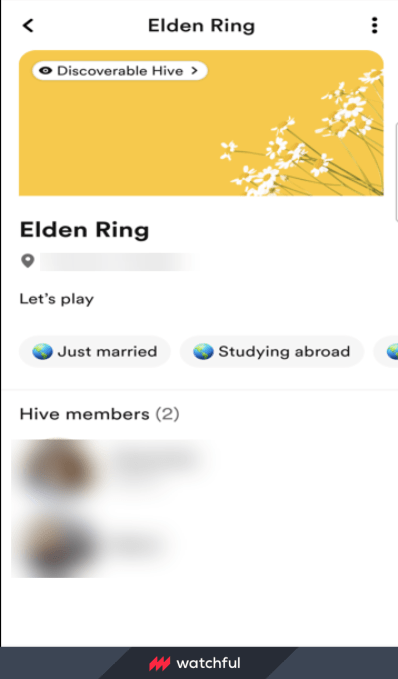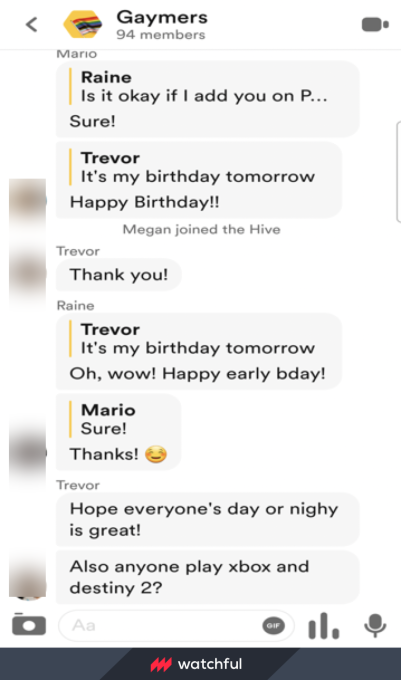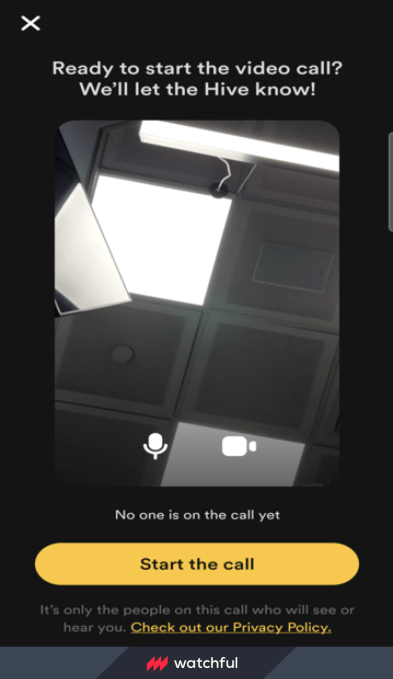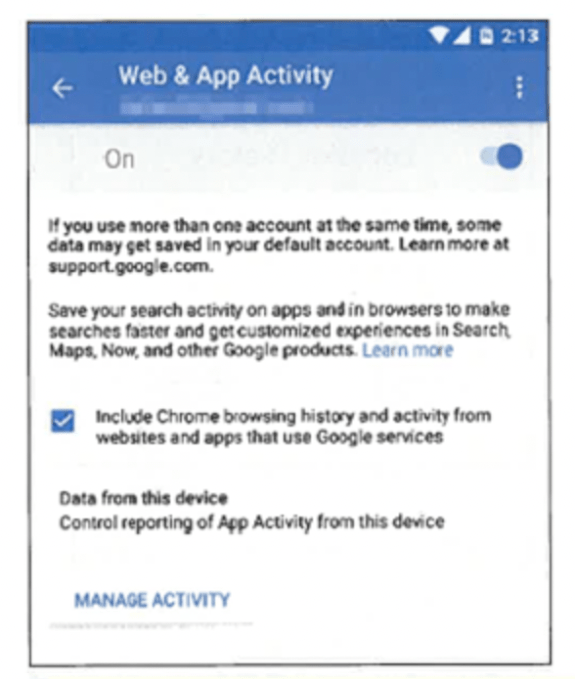Welcome back to This Week in Apps, the weekly TechCrunch series that recaps the latest in mobile OS news, mobile applications and the overall app economy.
Global app spending reached $65 billion in the first half of 2022, up only slightly from the $64.4 billion during the same period in 2021, as hypergrowth fueled by the pandemic has slowed. But overall, the app economy is continuing to grow, having produced a record number of downloads and consumer spending across both the iOS and Google Play stores combined in 2021, according to the latest year-end reports. Global spending across iOS and Google Play last year was $133 billion, and consumers downloaded 143.6 billion apps.
This Week in Apps offers a way to keep up with this fast-moving industry in one place with the latest from the world of apps, including news, updates, startup fundings, mergers and acquisitions, and much more.
Do you want This Week in Apps in your inbox every Saturday? Sign up here: techcrunch.com/newsletters
Top Stories
Android 13 arrives
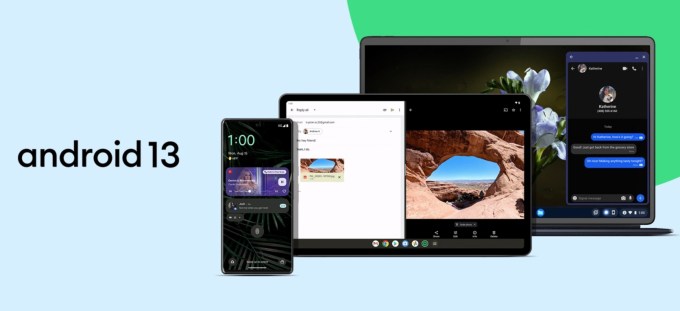
Image Credits: Google
Big news for Android users this week as Google rolled out the new version of its mobile operating system, Android 13, initially to all Pixel devices, following the beta launch a month ago. The OS will reach other non-Pixel Android devices sometime later this year, including Samsung Galaxy, Asus, HMD (Nokia phones), iQOO, Motorola, OnePlus, Oppo, Realme, Sharp, Sony, Tecno, vivo, Xiaomi and others.
As mobile platforms have standardized, the latest efforts from both Google and Apple have been focused on personalization elements. In iOS 16, this now includes a customizable Lock Screen with widgets, while Android is doubling down on its Material You UI. With the prior version of Android, users could theme their device to match their background. With the latest update, they can now also match their non-Google apps to their chosen theme and color schemes. This is a much simpler and more elegant solution than the icon customization on iOS today, where apps like Brass, Themify, Aesthetic, Color Widgets and many others have to leverage a combination of configuration profiles and shortcuts to do the same.
In another personalization move, Android 13 allows users to set the languages used for different apps — useful for those who speak multiple languages.
Other improvements include the ability to copy content (e.g. URLs, photos, videos, text) between Android devices, better multitasking features on tablets, an expanded bedtime mode with dimmed wallpaper and a dark theme, HDR video support on third-party camera apps, BLE Audio, Spatial Audio on supported headphones, an upgraded media player widget that showcases album artwork and includes a dancing playback bar and more. On the privacy side, there are changes to permissions that allow users to more narrowly select images and videos to be shared with third-party apps and the OS now prevents unwanted access to your clipboard.
Another big benefit of the upgraded mobile OS for end users is that they can more easily block apps from annoying them with notifications. Now, apps users download will need explicit permission to send notifications, rather than being allowed to send notifications by default. This change sees Android finally catching up with iOS, which has offered this type of setting for years. (Many, many years.)
The Android source has also been pushed to the Android Open Source Project (AOSP).
This week TechCrunch’s Frederic Lardinois also sat down with James Ward, Google’s product manager for Kotlin, to talk about the language’s role in the Android ecosystem and its future plans. You can read that here.
TechCrunch’s new spyware lookup tool
This week, TechCrunch launched a new product in service to its readers who are concerned about security risks related to mobile spyware.
The spyware lookup tool can check to see if an Android device is one of the hundreds of thousands that’s been hacked by one of several spyware apps, including TheTruthSpy — the subject of a months-long investigation into consumer-grade spyware apps. The apps are installed by someone with physical access to your mobile device and are designed to stay hidden from home screens. They give the attacker the ability to see the victim’s phone data in real time, including calls, messages, contacts, location data, photos and more.
The new lookup tool will check against the leaked list of unique device identifiers, like IMEI numbers and advertising IDs, and is available free of charge to anyone who wants to ensure their phone has not been compromised.
TikTok caught keylogging?
A new privacy analysis warns that TikTok’s in-app browser may be engaged in keylogging. Research by developer Felix Krause found that the TikTok iOS app was injecting code that would allow it to monitor all keyboard inputs and taps that took place on third-party websites that were rendered inside the app. Concerningly, this information could include users’ passwords or payment card information when they’re buying something promoted on TikTok. The researcher couldn’t prove that TikTok was actually doing anything malicious with the access — that is, he couldn’t confirm the data was collected, transferred or determine how it may be used. Users should be aware, however, and opt to open links outside of the TikTok app to be safe.
TikTok refuted the claims saying the JavaScript code is only used for debugging, troubleshooting and performance monitoring — like checking to see how quickly a page loaded or if it crashed. The company also pointed to several other reasons as to why the report’s claims were overblown. The researcher also accused Meta of modifying third-party sites loaded in their in-app browsers, which has since led Ireland’s Data Protection Commission, the lead data protection regulator for Meta and TikTok under the GDPR in Europe, to request a meeting with the tech giant to discuss.
Amazon gets TikTok-ified
It’s official, the TikTok vertical video feed format is now the mobile app user interface to knock off if you’re building a new social experience. How do we know? Because this week, Amazon of all places, was found to be testing its own TikTok clone. The feed, called “Inspire,” appears in the bottom nav bar of the Amazon app.
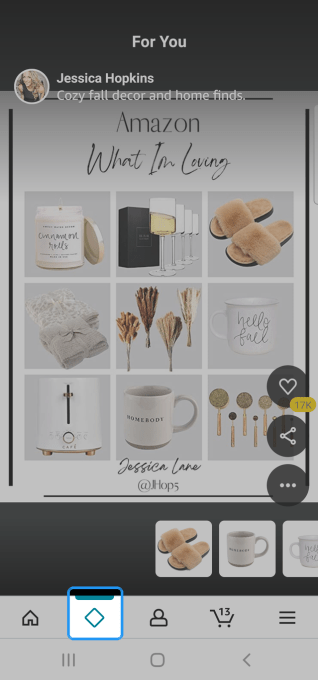
Image Credits: Watchful via The Wall Street Journal
Amazon, of course, has no interest in competing as a new social or entertainment experience with other big tech companies. But it does copycat the latest, hottest formats when it builds out new shopping features. In years past, that’s seen the company cloning other social apps like Pinterest or Instagram or steaming live shopping videos. Now that TikTok’s feed is the go-to, Amazon has adopted it as well.
For now, the Inspire feed is being tested and is not publicly available to all users.
In Other News…
Apple Updates
- Apple’s next iPhone event will reportedly be held on September 7, per a Bloomberg report. The company is expected to unveil its iPhone 14 line featuring camera upgrades and a faster chip. Apple has not made a formal announcement of the event at this time.
- Apple’s iOS 16 beta 5 added a nifty feature to again show the battery percentage in the status bar on iPhone after being removed for notched models when the iPhone X debuted.
- Apple noted prices of apps and IAPs will increase in Ghana and Turkey.
Augmented Reality

Image Credits: Snap
- Snap and HBO Max partnered on a new AR experience for HBO’s “House of the Dragon” premiere, which includes a new selfie and worldview Lens in Snapchat’s app, as well as new Landmarker Lenses. Users can immerse themselves in the fantasy world by turning themselves into dragons or watching them fly around you, among other things.
- Universal Studios launched the Dinotracker AR app (iOS/Android) built by Trigger XR and Niantic Labs to promote the new movie, “Jurassic World Dominion.” Users have to try to find dinosaurs around them. The app is using Niantic’s new Lightship ARDK to place 10 dinosaurs in the user’s environment. The technology features include semantic understanding, environmental awareness, walkable planes, occlusion and hand-tracking, among others. Other partners include LG Uplus, Qualcomm and KOCCA in Korea.
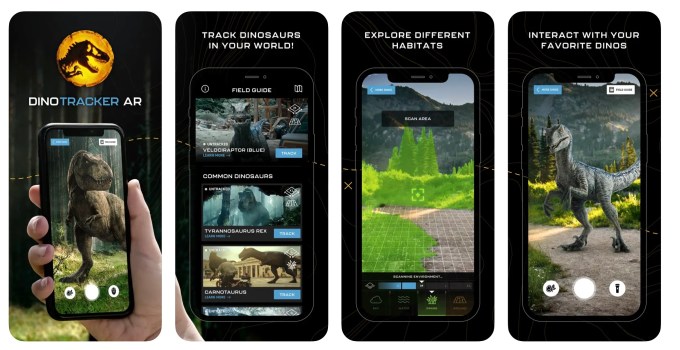
Image Credits: NBCUniversal Media
Social Networking
 Twitter, Meta and TikTok all outlined their policies related to their plans on handling the 2022 U.S. midterm elections. Twitter said it’s rolling out redesigned tweet labels and “prebunks” on misleading content. TikTok is offering state-by-state information in an Elections Center and will label and fact-check videos. Facebook said it will disable new political ads a week before the midterms.
Twitter, Meta and TikTok all outlined their policies related to their plans on handling the 2022 U.S. midterm elections. Twitter said it’s rolling out redesigned tweet labels and “prebunks” on misleading content. TikTok is offering state-by-state information in an Elections Center and will label and fact-check videos. Facebook said it will disable new political ads a week before the midterms.
- Oracle is now monitoring TikTok’s algorithms and moderation system — for whatever that’s worth. TikTok confirmed its new cloud host for U.S. data has been tasked with the monitoring, but offered no specifics as to how it will be done or who gets to see the results.
- A new Pew Research study found that 67% of U.S. teens use TikTok, with 16% of all teens saying they use it almost constantly. The number of teens using Facebook plummeted from 71% in the 2014-2015 study to now 32% today.
- Snapchat has been busy. It recently rolled out parental controls and expanded its premium offering, Snapchat+, to India. The Snapchat+ service has grown to over 1 million subscribers and added new features, including priority Story replies to top creators and celebs.
- TikTok rolled out its own text-to-image AI generator that lets users enter their own prompts to create images to use as video backgrounds. It also tested a new search feature that highlighted matching keywords in comments that link to the search term as well as a way to share TikTok Stories to Facebook and Instagram.
- BeReal’s No. 1 app now has 7.9 million DAUs, up from 2 million in January and 10,000 in March 2021. The company raised a $600 million Series B led by DST this past spring, The Information reported.
- Timbaland and Swizz Beatz sued TikTok rival Triller saying they’re owed $28 million+. The suit follows Triller’s acquisition of the live music series Verzuz.
- YouTube Shorts, the video app’s TikTok rival, added watermarks to downloads to discourage users from cross-posting their videos.
- Celeb connections app Cameo added a new feature, Cameo Live, that allows a user and nine friends to engage in a 10-minute call with a celebrity.
Photos
- Pixelmator Photo, a photo-editing app from the company behind graphic design app Pixelmator Pro, is bringing its iOS app to the Mac. The company also said it’s moving to a subscription pricing model to better sustain its business.
- Snapchat’s selfie-recording drone Pixy is already being killed off after just launching in April. The drone project is a causality of re-prioritization of resources at Snap amid economic concerns.

Image Credits: Snap
Messaging
- Messenger began testing end-to-end encryption for individual Messenger chats. The news was announced after it was revealed Meta turned over private messages to aid in the prosecution of a Nebraska teen’s abortion.
- Telegram’s founder slammed Apple for delaying a major update to the messaging app, saying it had been stuck in review for two weeks with no explanations.
- WhatsApp now allows users to delete a private or group chat message up to two and half days after sending it. Before, the limit was 1 hour, 8 mins, and 16 seconds. The app also introduced a new privacy option that allows people to use the app without being visible online except to selected contacts they choose. It’s additionally testing screenshot blocking and will soon allow users to leave groups privately without sending out a notification.
- WhatsApp also launched its native Windows app out of beta. The app now works without requiring users to link a phone. A similar Mac app is underway.
- Facebook and Instagram added a new “Add Yours” sticker to Reels that lets people start trends others can add to with their own content; the trend will have its own landing page in the app.
- Google kicked off a public campaign, “Get the Message,” designed to pressure Apple to adopt messaging standard RCS in its own Messages app. The communication protocol would support a better messaging experience between Android and iOS users, but would also make iMessage a less compelling alternative than it is today.

Image Credits: Google
Streaming & Entertainment
- HBO Max rolled out new mobile (and desktop) apps, promising an improved user experience with features like SharePlay support, a shuffle button for mobile, a dedicated home for downloads, tablet support in portrait and landscape modes, a better screen reader, split screens where supported, improved navigation and overall better performance.
- Apple signed a first-look deal with Pulitizer Prize-winning Futuro Studios to bring more original podcast content to its Podcasts app, and possibly, allow it to turn those shows into Apple TV+ programs further down the road.
- Spotify began selling live concert tickets directly to fans in a new Tickets website. The company previously only worked with partners like Ticketmaster and Eventbrite. Spotify’s home screen also gained new discovery feeds for music and podcasts. The separate feeds will direct users to the type of content they’re looking for at the time. It’s also been testing the ability to record reactions to podcasts.
- An analysis of Spotify usage by Sensor Tower showed how engaging the app is compared with its competition; 10% of its mobile app users engage with the app daily, more than the 4% who engage with YouTube Music or 1% who engage with Pandora. (Apple Music was not included.)
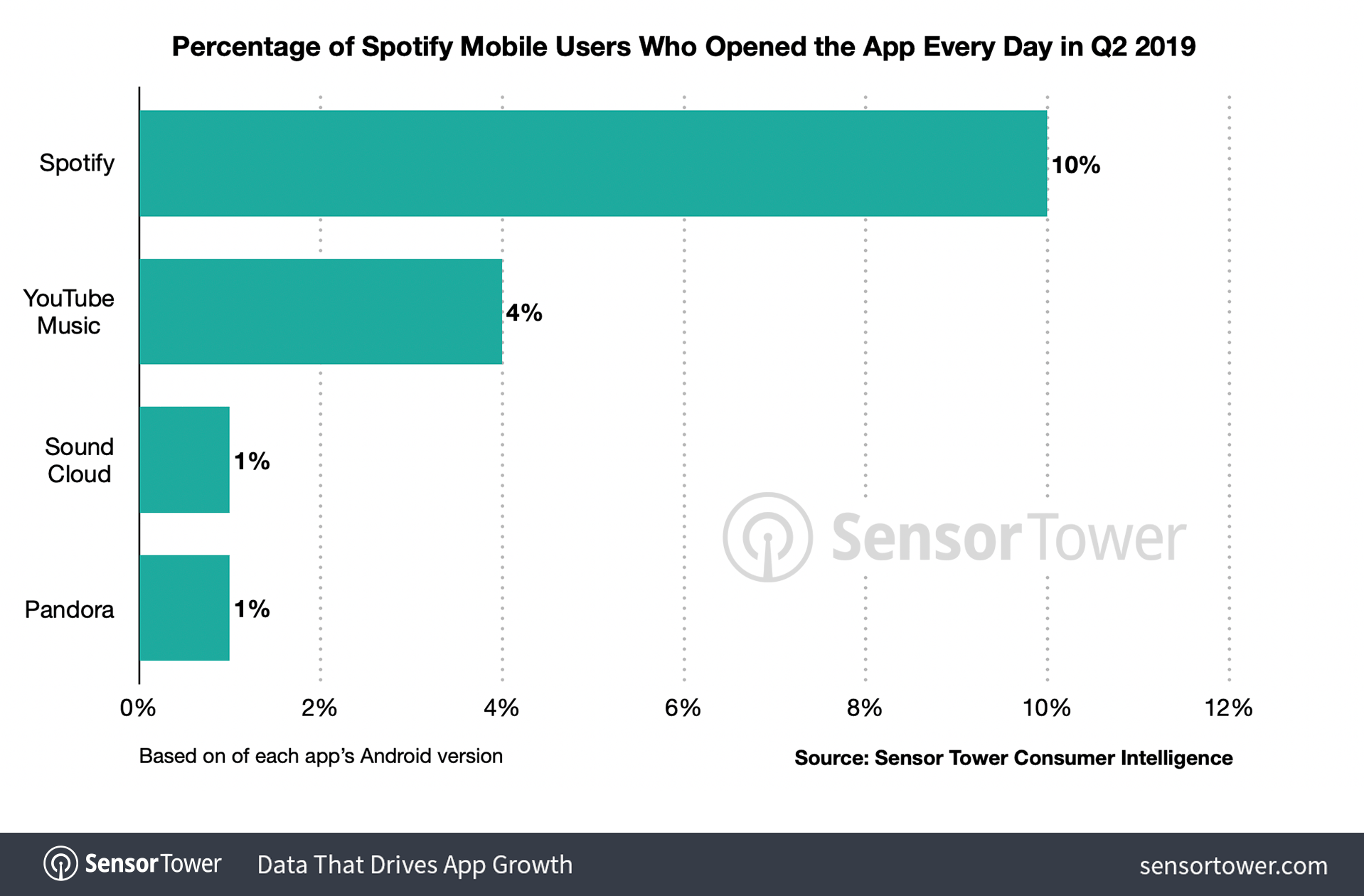
Image Credits: Sensor Tower
- Google Meet introduced a new feature that allows users to watch YouTube or stream Spotify together.
- Apple-owned Shazam celebrated its 20th anniversary with a curated playlist of the most Shazamed songs of every year. The app now has 225 million global monthly users, Apple also noted, and has surpassed 70 billion song recognitions as of this week.
- Netflix’s upcoming ad-supported tier may not offer offline viewing, according to findings in the app’s code.
- Plex introduced a new social experience in its streaming apps called Discover Together, which includes the ability to add friends and see what they’re watching, bookmarking and how they’re rating shows and movies.
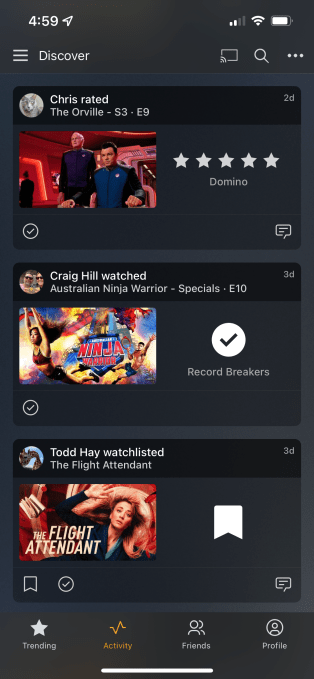
Image Credits: Plex
Gaming
- Netflix’s games have seen 23.3 million downloads and average 1.7 million daily active users, per Apptopia data. This represents less than 1% of Netflix’s 221 million subscribers.
- Google began testing a way to allow users to launch games from its cloud gaming service Stadia, as well as from Xbox Cloud Gaming and Amazon’s Luna directly from its Google Search results.
- Fortnite maker Epic Games’ appeals case against Apple is set to be heard starting on October 21. The game maker wants to be able to sell games outside the App Store and use its own payment systems.
- Roblox’s earnings report revealed shifting demographics for games. The fastest growing group was people ages 17-24. The company said male 17- to 24-year-olds would become the biggest tracked category in terms of users and engagement hours in the U.S. and Canada over the next couple of months.
Dating
- Bumble reported Q2 2022 earnings with revenue up 18% YoY to $220.5 million, above estimates, but a higher net loss of $6.4 million versus $2.6 million estimated.
- As part of the larger revamp of its “Bumble BFF” friend-finding feature, Bumble has also been developing a new “communities” offering it’s calling “Hive,” which may include support for features like group chat, polls and video calls.
Health & Fitness
- Fitbit to end Mac and PC syncing on October 13, 2022 and will instead move file transfers to its smartphone app and local music and playlists over to Pandora and Deezer.
- Meditation and wellness app Calm laid off 20% of staff, or 90 people out of around 400. The company had been valued at $2 billion in 2020.
- A Mozilla study found that 18 out of 25 top reproductive apps and wearables, like Clue, Flo, Glow and Eve, didn’t have strong privacy protections. Most didn’t say if they would share data with law enforcement, either.
Travel & Transportation
- Lyft Media is a new business unit designed to consolidate Lyft’s ad offerings, which will focus on showing more ads in cars, on the Lyft mobile app and at bike-sharing stations.
- Uber sunset its free loyalty program Uber Rewards in favor of subscription membership, Uber One. The membership costs 9.99 per month or $99.99 per year, and offers perks like 5% off certain rides or delivery orders and unlimited $0 delivery fees on food orders of over $15 and grocery orders of more than $30.
- Airbnb launched anti-party technology which includes an algorithm that looks at signals, like the history of positive reviews, how long the user has been on the platform, the length of the trip, the distance to the listing and weekday versus weekend booking. Potential rule-breakers will be prevented from booking an entire property, and will instead direct them to results where they can rent a room where hosts are physically present.
Utilities & Productivity
- Meta launched the Duet Display app which allows Portal owners to turn their smart screen devices (Portal Plus Gen 2 and Meta Portal Go) into a second screen for their Mac and PC. The company said it would also launch the Meta Portal Companion app on Mac for Meta Portal touch-based devices (Meta Portal Go, Meta Portal Plus, Meta Portal and Meta Portal Mini) to allow for screen-sharing on video calls. Meta is said to be phasing out its consumer Portal devices.
Adtech
- Bloomberg reported Apple is considering rolling out ads to more places across iOS, including Maps (which was explored internally) and possibly other apps like Books or Podcasts. Currently, Apple’s ad revenue is around $4 billion.
- A new report by FT noted many small businesses reliant on personalized ads have cut back on marketing efforts, in part due to Apple’s ATT changes, as they now face rising customer acquisition costs.
- The WSJ reported that before launching ATT, Apple and Meta had engaged in discussions about revenue-sharing agreements, including one that would see Apple taking a cut of “boosted posts” via IAP and an ad-free Facebook subscription.
- TikTok rolled out new ad solutions as part of its commerce ad suite called “Shopping Ads.” The company is currently testing three formats of Shopping Ads, including Video Shopping Ads, Catalog Listing Ads and LIVE Shopping Ads.
Government & Policy
- South Korean regulators have begun to investigate Apple and Google over possible violations of the country’s in-app payment rules. The Korea Communications Commission (KCC) is also investigating SK Group’s homegrown app store called ONE Store. If the KCC discovers the companies have violated the law, it will issue fines which can be up to 2% of the company’s annual revenue.
- The EU is set to make a final decision related to a privacy complaint regarding Instagram’s handling of children’s data in the region. The decision is expected at the end of August, with a hard deadline of the first week of September.
- Google was fined A$60 million (around $42.7 million USD) in Australia over Android settings it had applied around five years ago which were found to have misled consumers about its location data collection.
- China’s internet regulator published a list of 30 algorithms used in popular apps including WeChat, Taobao, Meituan and Douyin, which includes a brief description of their usage.
Security & Privacy
Funding and M&A
 Unity rejected a takeover offer from AppLovin that would have valued the company at $58.85 per share, an 18% premium over Unity’s stock price at the time. The deal would have been valued at $17.54 billion. Unity said it would proceed with its own deal to acquire ironSource for $4.4 billion in stock. Its shares dropped 7% after the board rejected the acquisition.
Unity rejected a takeover offer from AppLovin that would have valued the company at $58.85 per share, an 18% premium over Unity’s stock price at the time. The deal would have been valued at $17.54 billion. Unity said it would proceed with its own deal to acquire ironSource for $4.4 billion in stock. Its shares dropped 7% after the board rejected the acquisition.
 Unity announced a deal to create a JV, Unity China, in partnership with Alibaba, China Mobile, Oppo, and Douyin Group. The deal valued at $1 billion will allow Unity to expand into the world’s largest games market.
Unity announced a deal to create a JV, Unity China, in partnership with Alibaba, China Mobile, Oppo, and Douyin Group. The deal valued at $1 billion will allow Unity to expand into the world’s largest games market.
 European encrypted messaging app Wire, focused on enterprise use, raised €24 million in Series C funding led by growth equity firm Cipio Partners and Iconical.
European encrypted messaging app Wire, focused on enterprise use, raised €24 million in Series C funding led by growth equity firm Cipio Partners and Iconical.
 She Matters, a health app for Black women, raised $1.5 million in pre-seed funding. The app recently expanded its resources and support for postpartum healthcare.
She Matters, a health app for Black women, raised $1.5 million in pre-seed funding. The app recently expanded its resources and support for postpartum healthcare.
 DNSFilter acquired the iOS firewall app Guardian for an unknown sum in order to expand its web-based threat detection capabilities. Guardian was founded in 2013 by Will Strafach, a security researcher and former iPhone jailbreaker. Its iPhone app blocks apps from sharing users’ personal information with third parties, such as IP addresses and location data, by using a VPN.
DNSFilter acquired the iOS firewall app Guardian for an unknown sum in order to expand its web-based threat detection capabilities. Guardian was founded in 2013 by Will Strafach, a security researcher and former iPhone jailbreaker. Its iPhone app blocks apps from sharing users’ personal information with third parties, such as IP addresses and location data, by using a VPN.
 FullStory raised $25 million in new funding from Permira to help companies spot issues in their websites and apps. FullStory says it analyzed more than 15 billion user sessions in 2021, including nearly 1 trillion clicks, text highlights and scrolls.
FullStory raised $25 million in new funding from Permira to help companies spot issues in their websites and apps. FullStory says it analyzed more than 15 billion user sessions in 2021, including nearly 1 trillion clicks, text highlights and scrolls.
 Infrastructure-as-a-service platform maker Mobot raised $12.5 million in Series A funding to expand its suite of robots that bug-test mobile apps. The robots can run through custom-designed testing flows to tap, swipe and rotate mobile devices, and more. The system integrates with standard dev tools like Jira and provides clients with results and reports.
Infrastructure-as-a-service platform maker Mobot raised $12.5 million in Series A funding to expand its suite of robots that bug-test mobile apps. The robots can run through custom-designed testing flows to tap, swipe and rotate mobile devices, and more. The system integrates with standard dev tools like Jira and provides clients with results and reports.
 Meme-based dating app Schmooze recently raised $3.2 million in seed funding led by Inventus Capital and Silicon Valley Quad. The app lets users swipe left or right on people they like and up to love memes presented to them. The latter will help to inform match selections.
Meme-based dating app Schmooze recently raised $3.2 million in seed funding led by Inventus Capital and Silicon Valley Quad. The app lets users swipe left or right on people they like and up to love memes presented to them. The latter will help to inform match selections.
 Meta invested in Take App, a Singaporean startup founded by former Facebook engineering manager Youmin Ki. The app offers an easy way for users to set up simple websites for online orders, with a shopping cart, payments and a direct connection to WhatsApp for managing and tracking orders. The investment size was undisclosed but came in via the company’s NPE Team, which had previously developed social apps and more recently shifted to investments.
Meta invested in Take App, a Singaporean startup founded by former Facebook engineering manager Youmin Ki. The app offers an easy way for users to set up simple websites for online orders, with a shopping cart, payments and a direct connection to WhatsApp for managing and tracking orders. The investment size was undisclosed but came in via the company’s NPE Team, which had previously developed social apps and more recently shifted to investments.
 New York-based family journaling app Qeepsake has raised $2 million in seed funding led by LaunchCapital. The company, which has 700,000 registered users, plans to invest in its marketing and engineering teams.
New York-based family journaling app Qeepsake has raised $2 million in seed funding led by LaunchCapital. The company, which has 700,000 registered users, plans to invest in its marketing and engineering teams.
 Indian fintech app Jar raised $22.6 million in Series B funding led by Tiger Global. The app helps millions of Indians save small amounts to invest in digital gold and is planning to expand into insurance, mutual funds and lending.
Indian fintech app Jar raised $22.6 million in Series B funding led by Tiger Global. The app helps millions of Indians save small amounts to invest in digital gold and is planning to expand into insurance, mutual funds and lending.
 Sofy, the maker of a testing platform for mobile apps, closed on $7.75 million in seed funding led by Voyager Capital. The startup has raised a total of $9.5 million to date.
Sofy, the maker of a testing platform for mobile apps, closed on $7.75 million in seed funding led by Voyager Capital. The startup has raised a total of $9.5 million to date.
 Just Eat sold its 33% stake in the Latin American joint venture iFood to Prosus for $1.8 billion. Prosus will now fully own the Brazilian food delivery company and app maker as a result.
Just Eat sold its 33% stake in the Latin American joint venture iFood to Prosus for $1.8 billion. Prosus will now fully own the Brazilian food delivery company and app maker as a result.
Downloads
Along
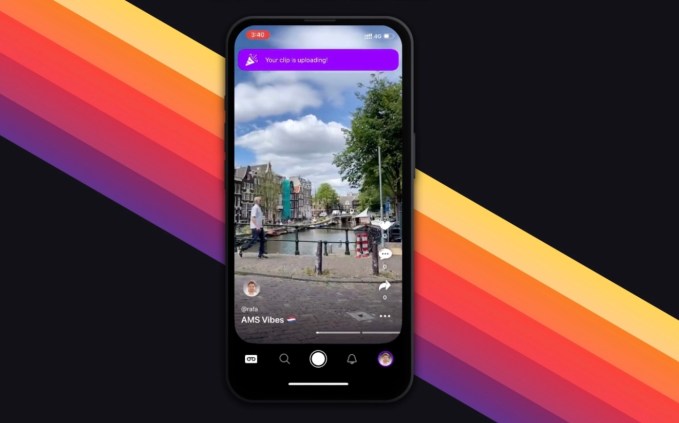
Image Credits: Along
A new video creation app called Along has launched into beta testing to offer a way to create “infinite-length” collaboration videos with multiple creators. The app introduces a concept called “tapes” which begins with one creator’s video that others can then add their own clips to, which the original creator approves. The idea is similar to the “Add This” feature that Meta recently rolled out to its short-form video offering, Reels. Except in Along’s case, users are collaborating on a video “tape,” curated by the original poster, not simply contributing to a trend page.
The app is currently in private, invite-only testing but TechCrunch readers can access the app early here: along.video/invite/techcrunch. (This is not an ad — just an invite!)
You can read more about the app here on TechCrunch.

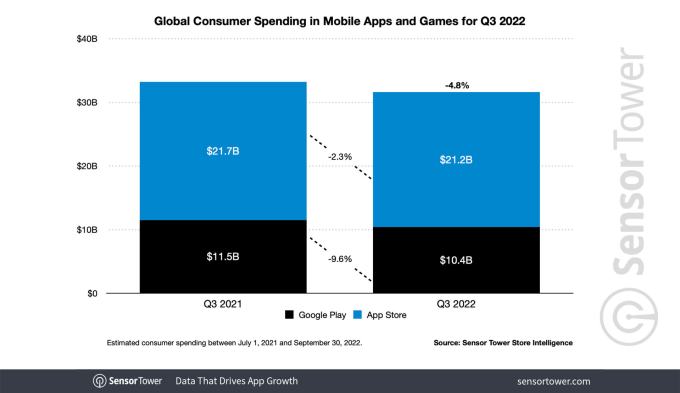
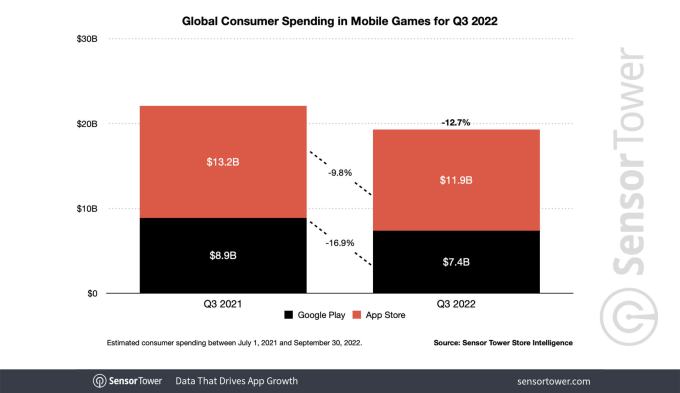
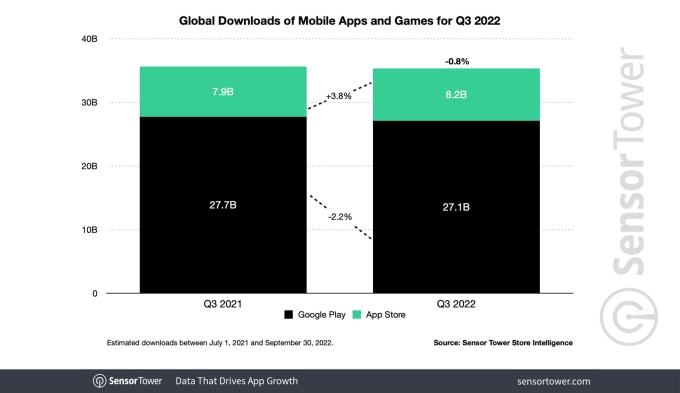

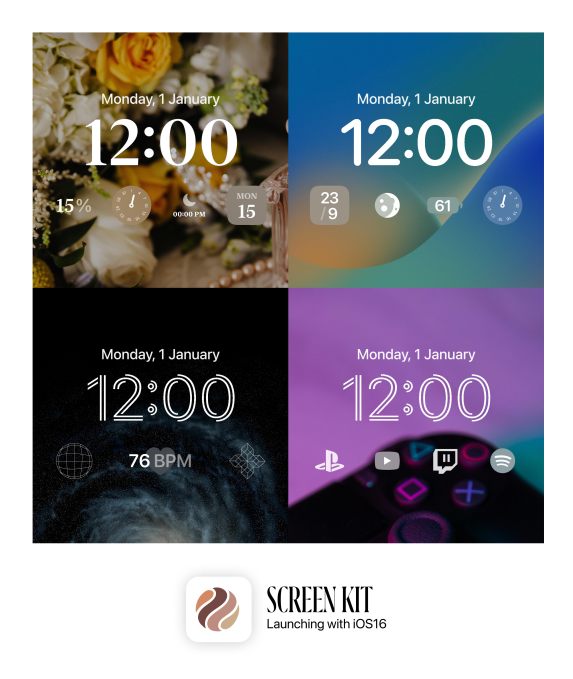
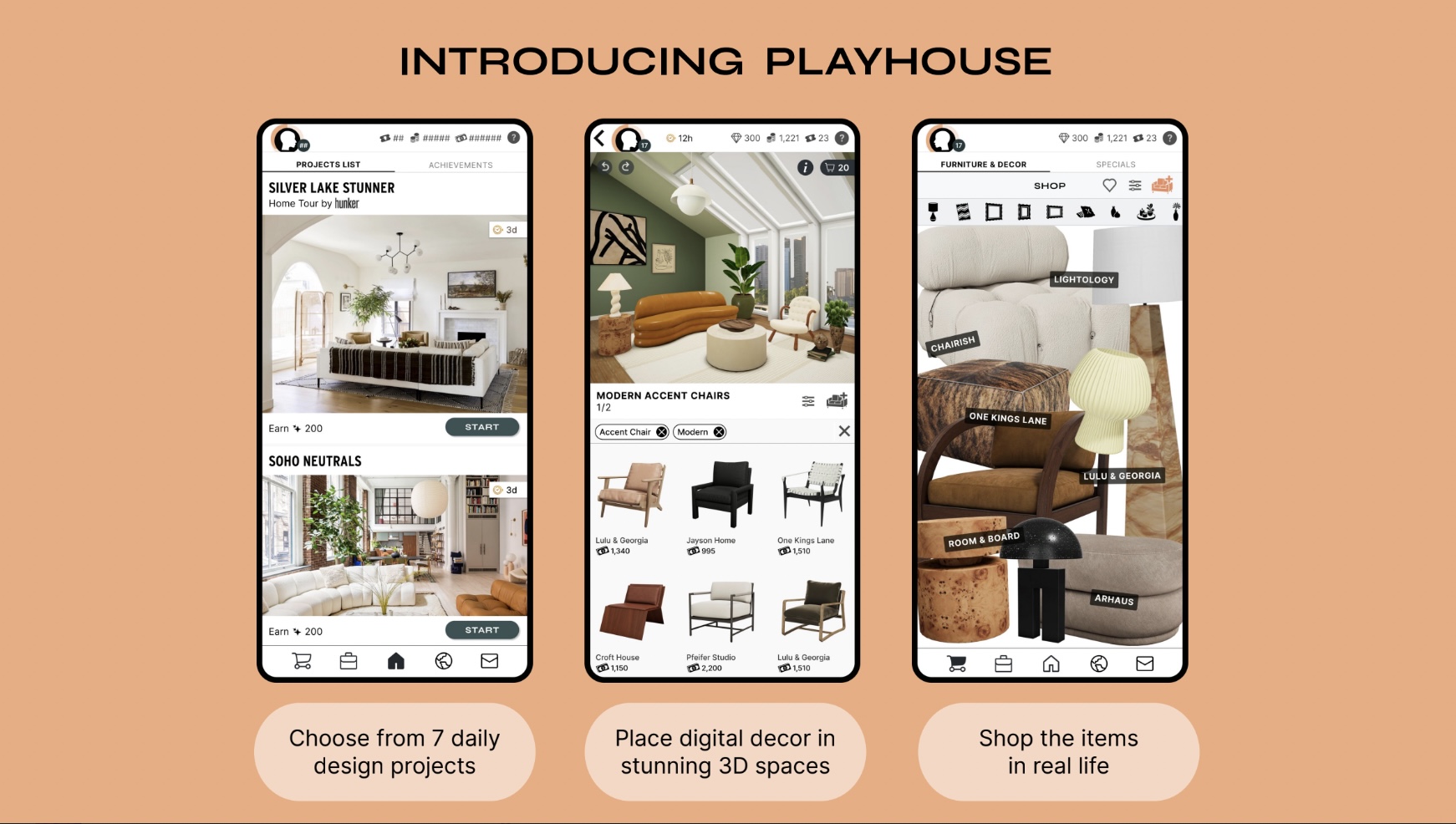
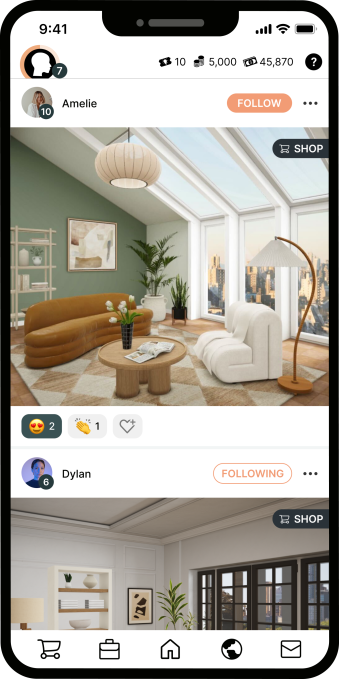
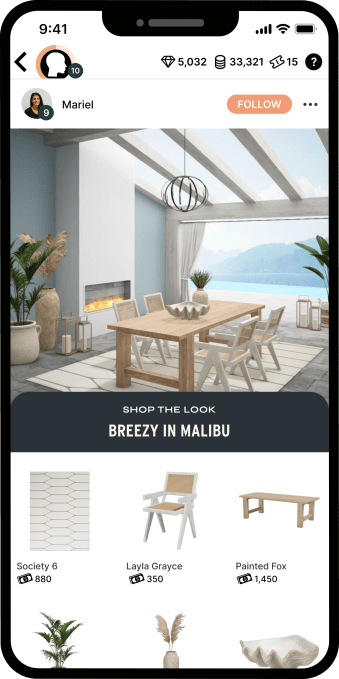
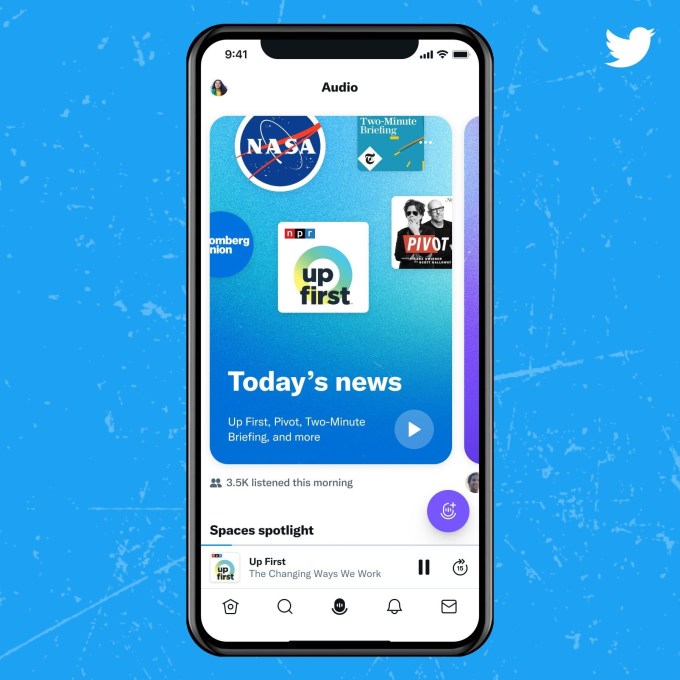
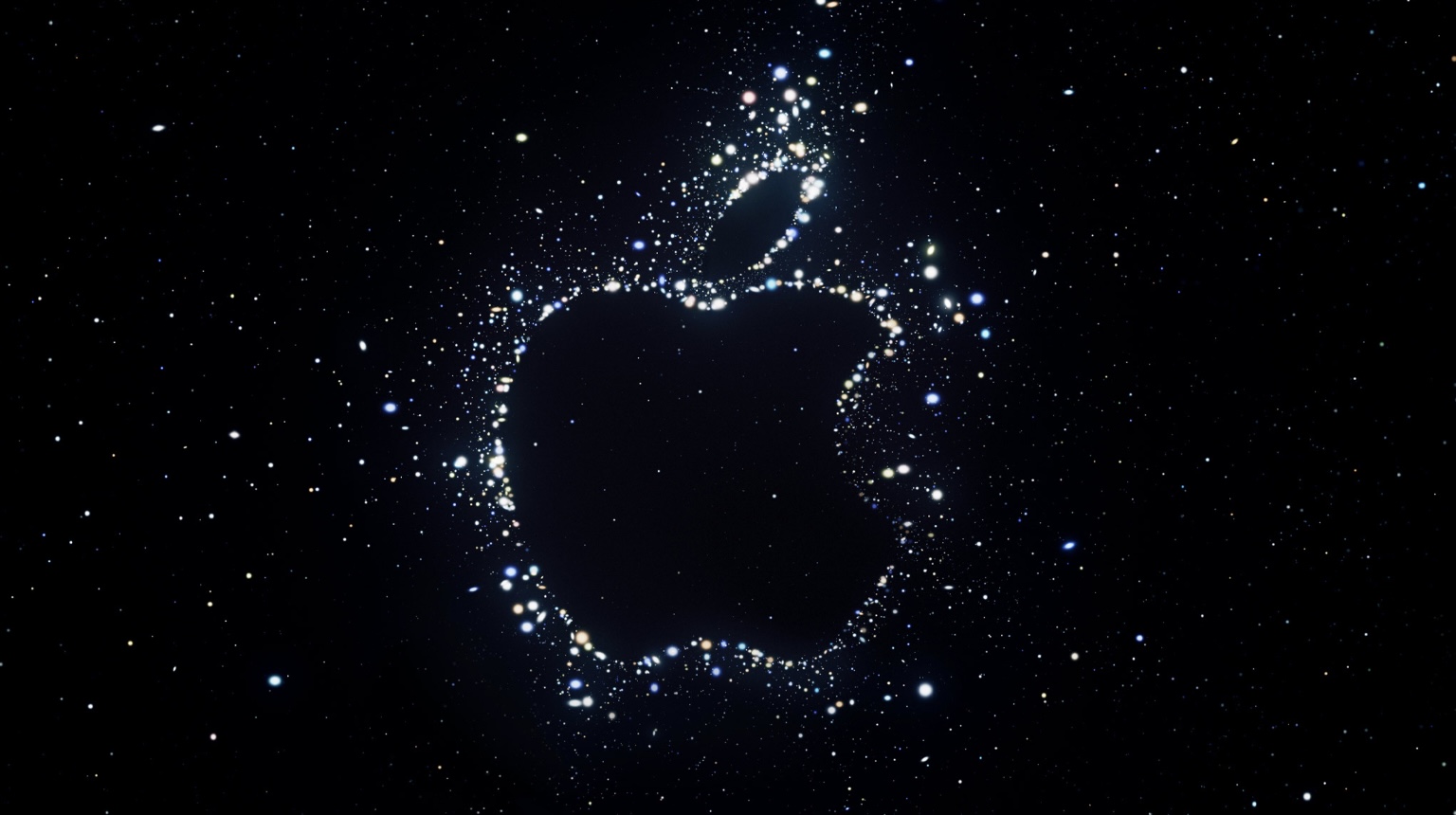
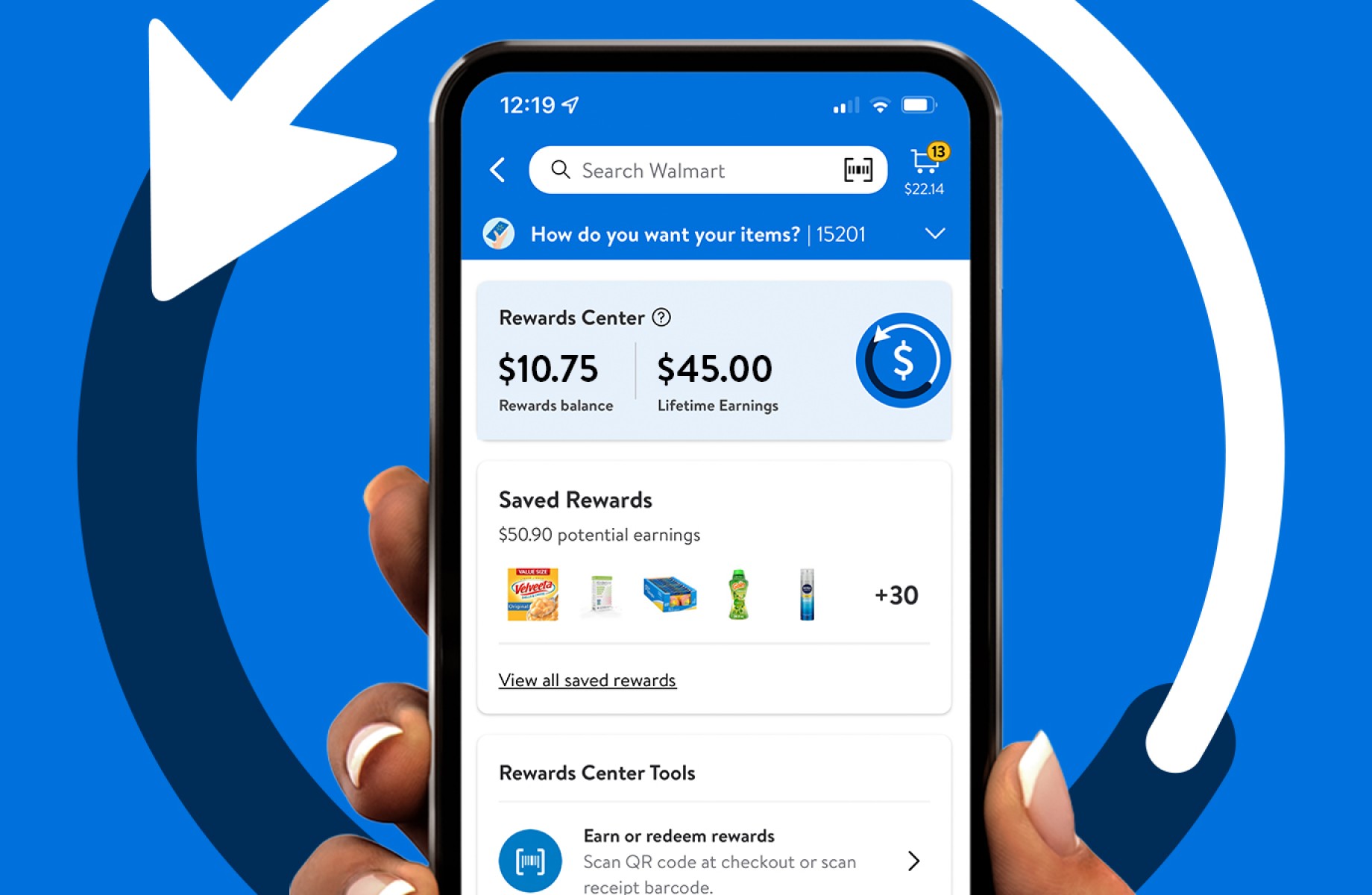
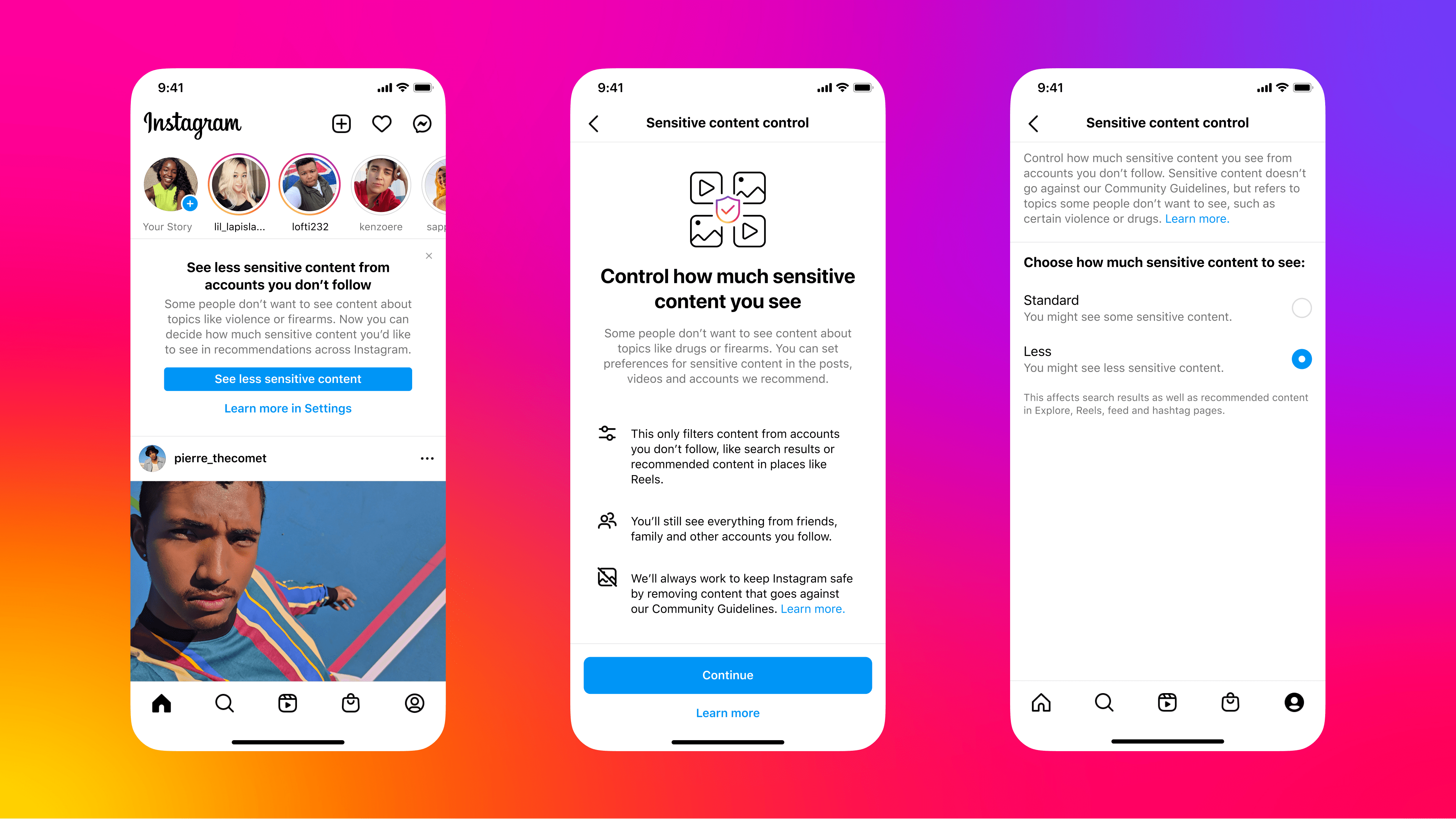
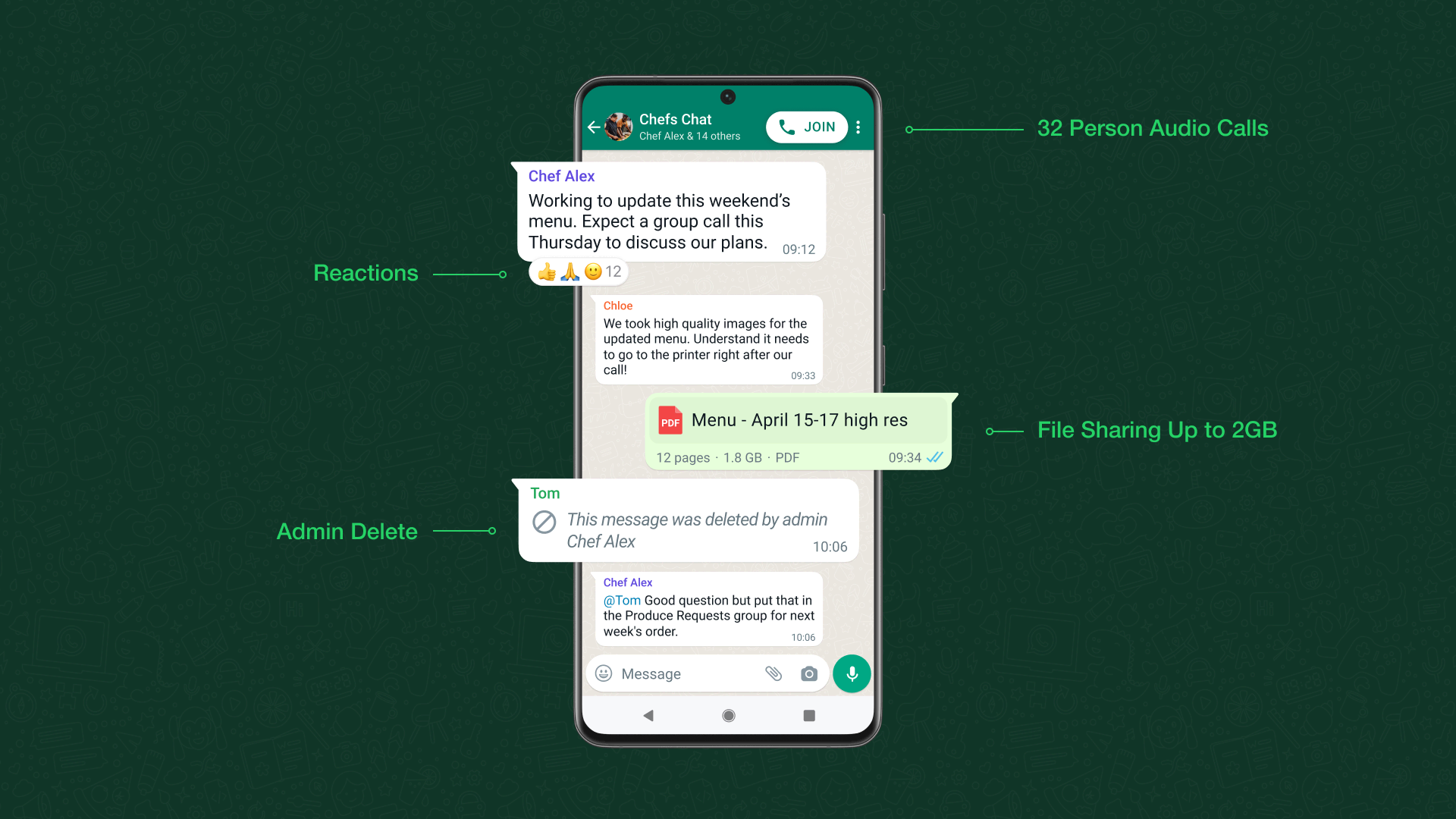
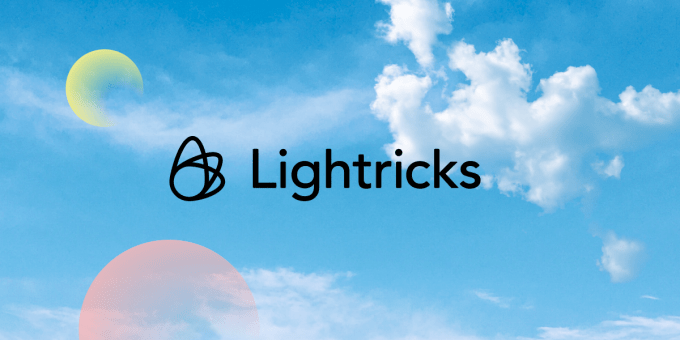
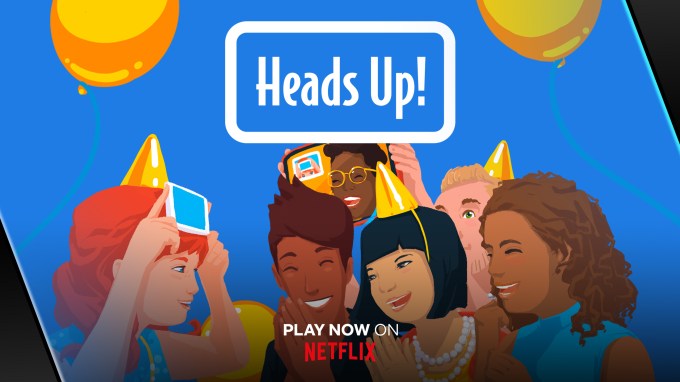
 Consumer social app maker 9count
Consumer social app maker 9count 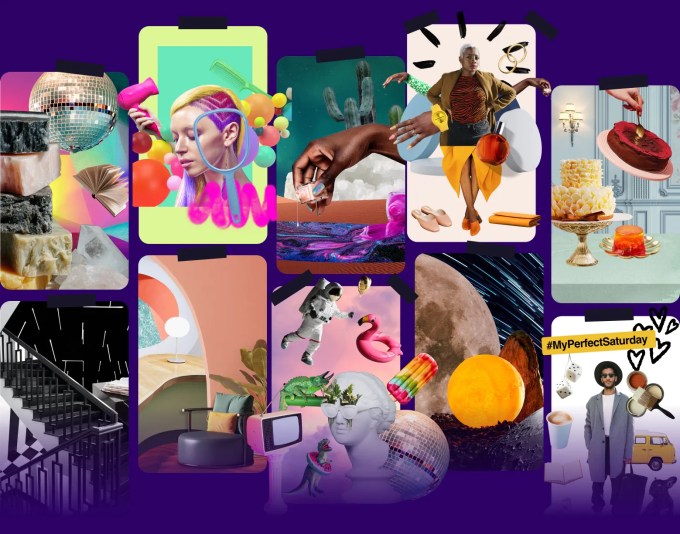

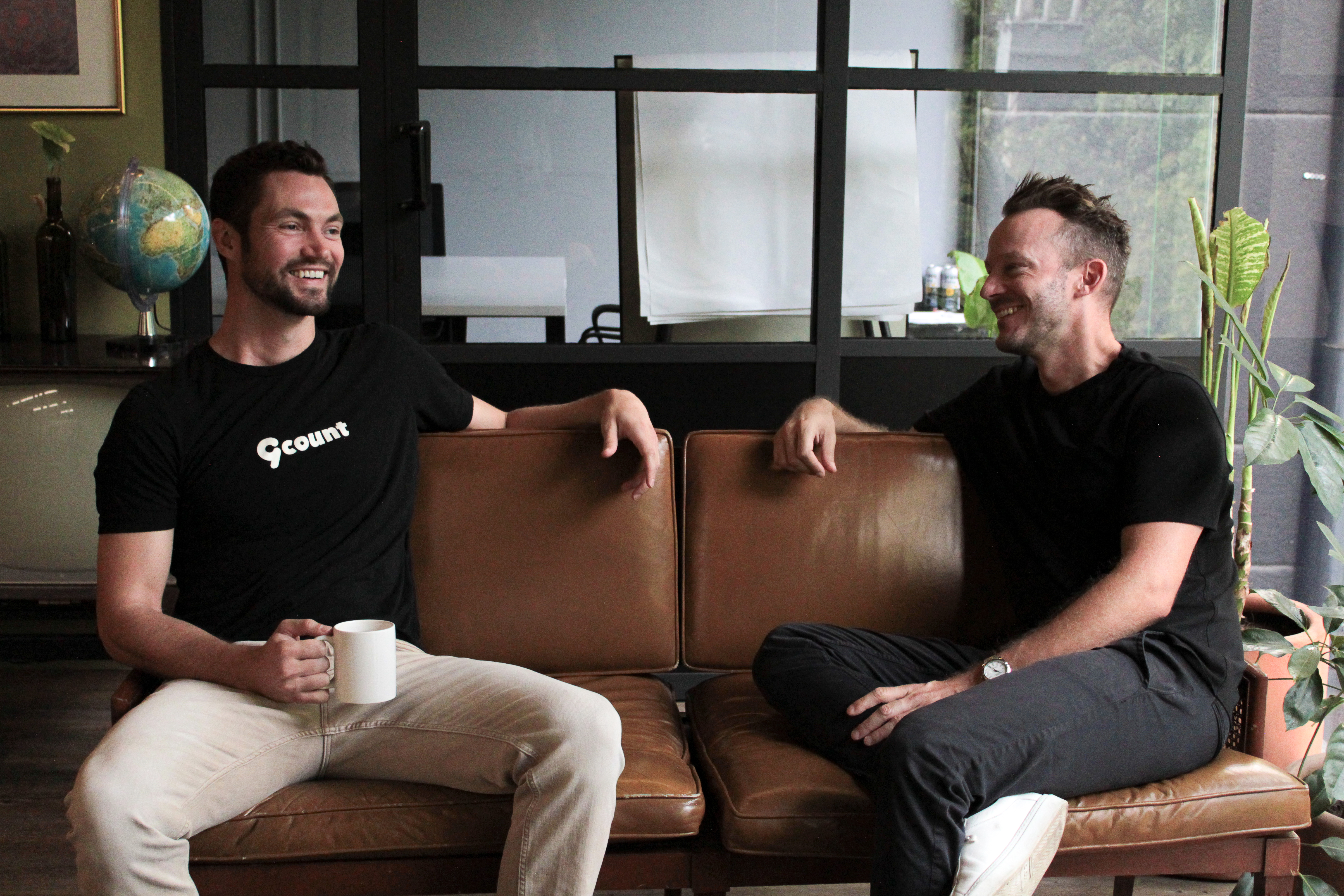
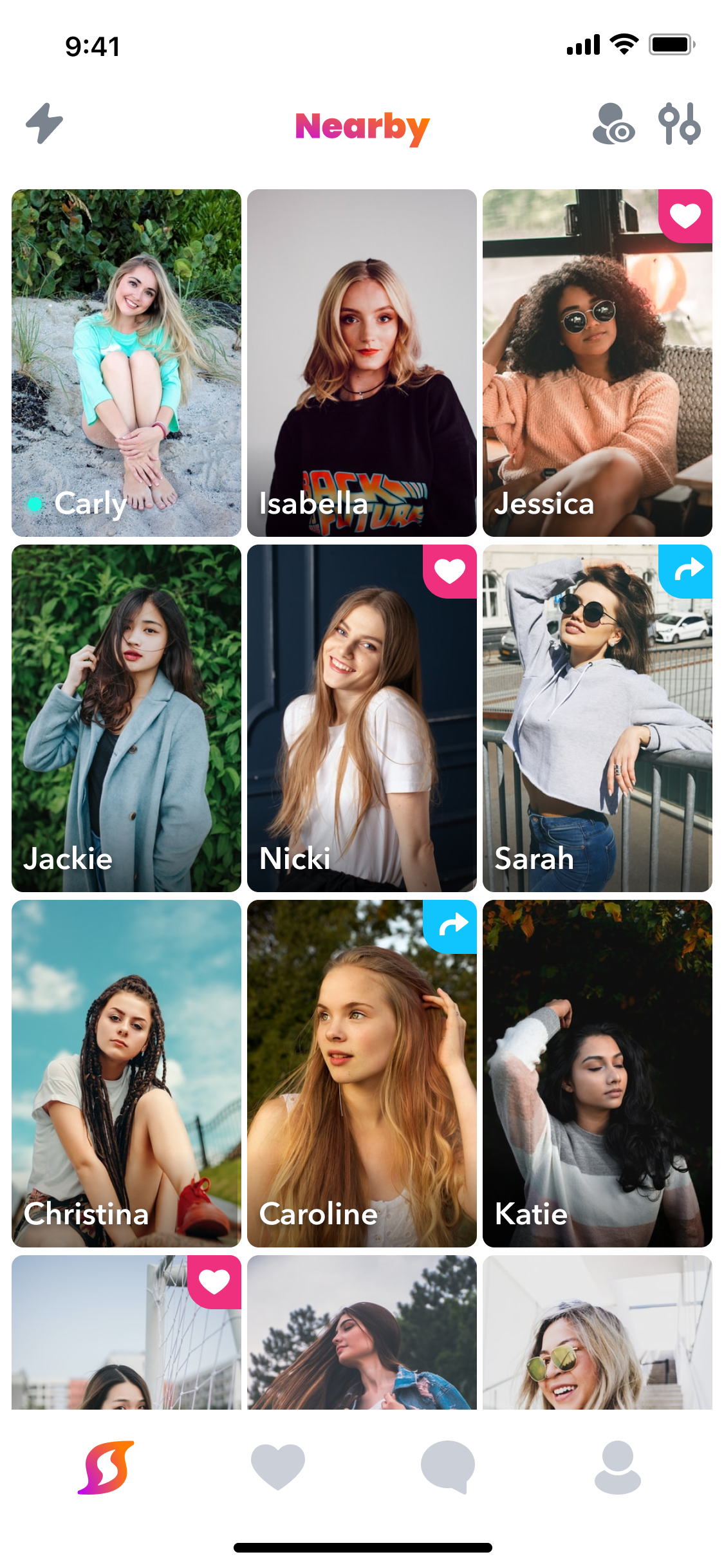
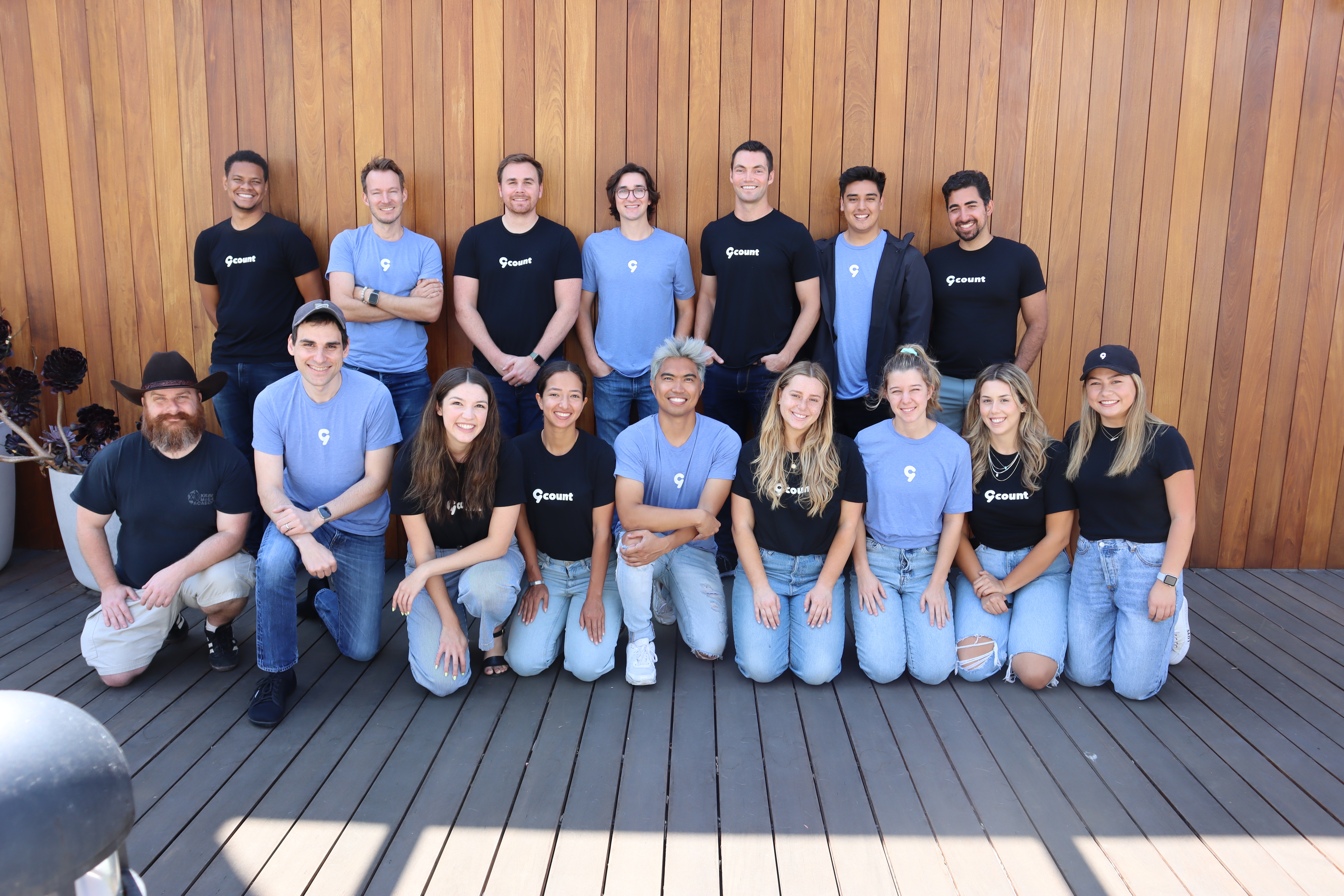




 Twitter, Meta and TikTok all outlined their policies related to their plans on handling the 2022 U.S. midterm elections.
Twitter, Meta and TikTok all outlined their policies related to their plans on handling the 2022 U.S. midterm elections. 



 Unity
Unity  Unity announced
Unity announced 
